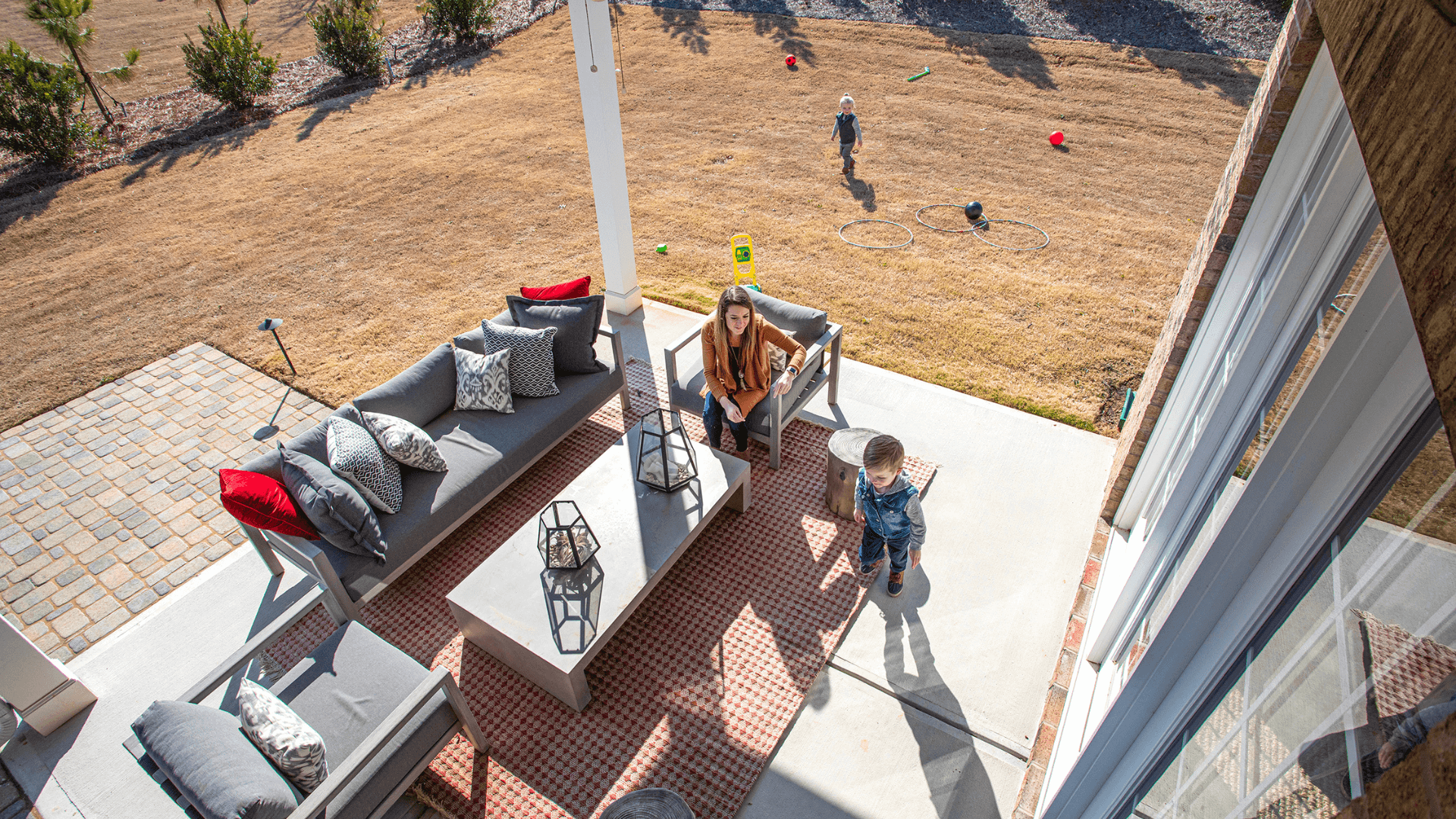
Patio Safety: A Comprehensive Guide to Preventing Accidents and Injuries
Patios are a great way to enjoy the outdoors and extend your living space. However, they can also be a source of accidents and injuries if not properly maintained and used. This comprehensive guide will provide you with everything you need to know about patio safety, from choosing the right materials to preventing falls and other hazards.
Choosing the Right Patio Materials
The first step to patio safety is choosing the right materials. The material you choose will affect the durability, safety, and appearance of your patio.
Concrete: Concrete is a durable and affordable option for patios. It is also relatively easy to maintain. However, concrete can be slippery when wet, so it is important to choose a non-slip finish.
Pavers: Pavers are another popular option for patios. They are available in a variety of materials, including concrete, brick, and stone. Pavers are more expensive than concrete, but they are also more durable and can be used to create a variety of designs.
Natural Stone: Natural stone is the most expensive option for patios, but it is also the most durable and beautiful. Natural stone is available in a variety of colors and textures, so you can find the perfect look for your patio.
Preventing Falls
Falls are the most common type of patio accident. There are a number of things you can do to prevent falls, including:
Installing Handrails: Handrails are essential for preventing falls on stairs and other elevated surfaces. Make sure that your handrails are sturdy and securely attached.
Non-Slip Surfaces: Non-slip surfaces are important for preventing falls on patios. Choose a patio material that has a non-slip finish, or add non-slip mats to your patio.
Good Lighting: Good lighting is essential for preventing falls at night. Make sure that your patio is well-lit, especially if there are any steps or other hazards.
Other Patio Hazards
In addition to falls, there are a number of other hazards that can be present on patios. These hazards include:
Electrical Hazards: Electrical cords and outlets can be a tripping hazard on patios. Make sure that all electrical cords are properly secured and that outlets are covered when not in use.
Fire Hazards: Grills and fire pits can be a fire hazard on patios. Make sure that grills and fire pits are placed in a safe location and that they are properly maintained.
Insect Bites: Insects can be a nuisance on patios. Make sure to use insect repellent and keep your patio free of standing water, which can attract insects.
Patio Safety Tips
In addition to the specific safety measures discussed above, there are a number of general patio safety tips that you should follow:
- Keep your patio clean and free of clutter. Clutter can create tripping hazards and make it difficult to see potential hazards.
- Inspect your patio regularly for any damage. Repair any damage promptly to prevent accidents.
- Be aware of your surroundings when using your patio. Pay attention to the weather and be aware of any potential hazards.
- Supervise children and pets when they are using the patio. Children and pets can be unaware of potential hazards, so it is important to supervise them closely.
- Follow the manufacturer’s instructions for any patio equipment. This includes grills, fire pits, and other equipment.
Conclusion
By following these patio safety tips, you can help to prevent accidents and injuries and enjoy your patio safely.